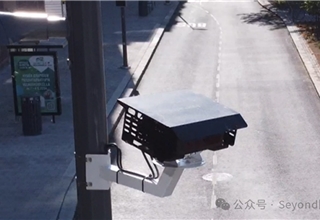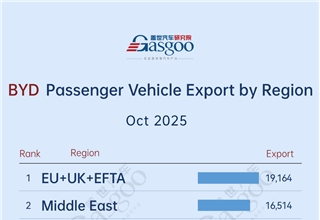Beijing (Gasgoo)- With e-commerce thriving in China, the express delivery system is seeking transformation, from trunkline logistics to door-to-door deliveries, for a more time/cost-effective operation. Fully autonomous heavy-duty trucks and delivery vehicles are up for the tasks.
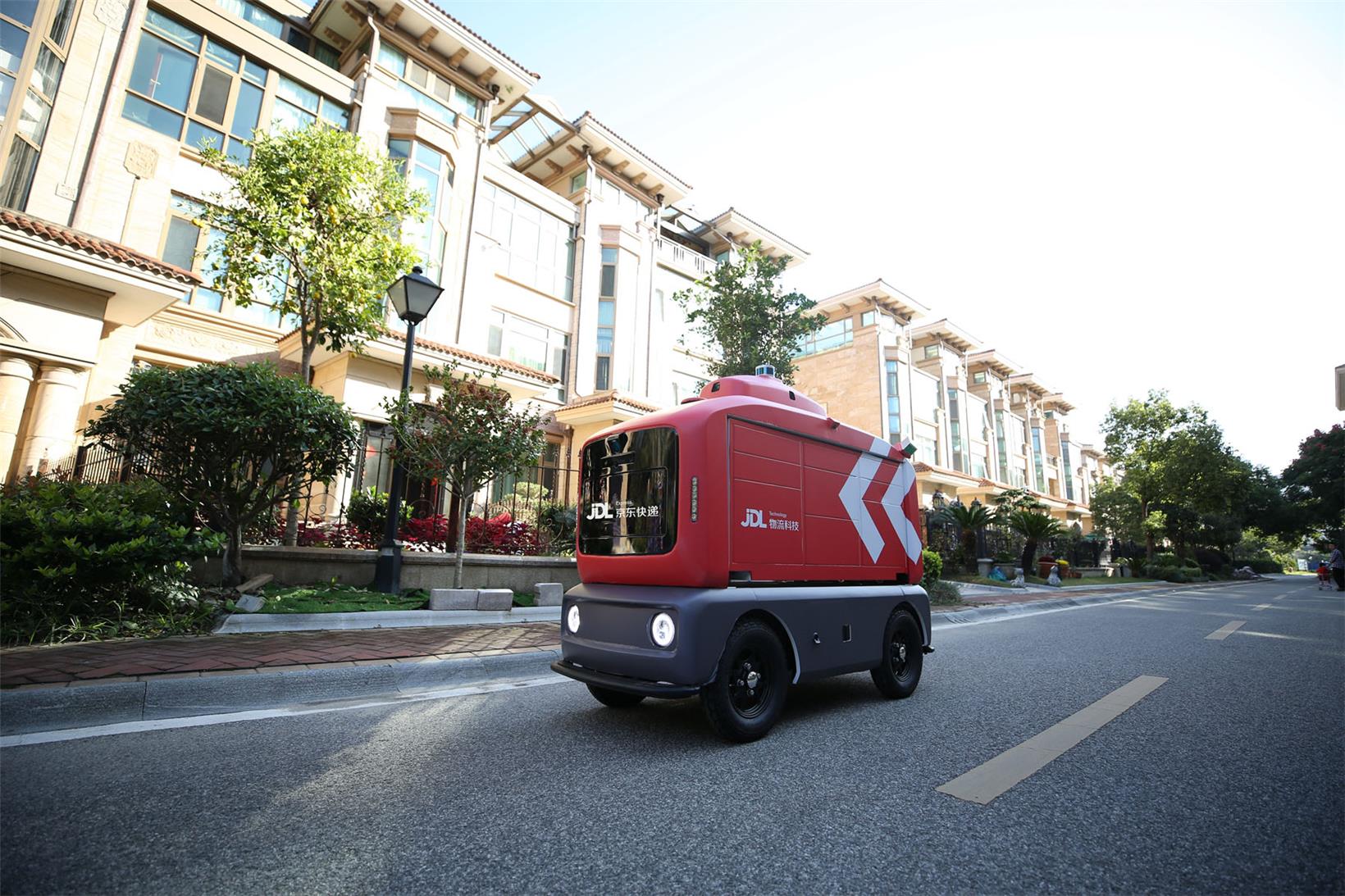
Terminal delivery vehicle; photo credit: JD.com
JD.com stands out from other online shopping platforms for its comprehensive distribution system, consisting of independent warehouses, transportation logistics, and terminal delivery. According to the company's 2021 Q2 financial report, by June 2021, JD.com obtains 260,000 frontline employees working in storage, sorting, packaging, transportation, delivery, and customer service, with an average salary of roughly RMB10,000 per month.

Photo credit: JD.com
The financial report illustrated the company's devotion to perfecting its distribution system. During the first six months of 2021, JD.com has invested RMB1.4 billion to develop its logistics system, accounting for 2.8% of the company's revenue in the period, soaring 55.2% from a year ago.

Asia No.1 Logistics warehouses; photo credit: JD.com
Currently, the company possesses 38 large intelligent warehouses in 28 Chinese cities, dubbed Asia No.1 Logistics warehouses. Its Beidou warehouse has realized an SKU level in the millions, shortening order fulfillment time by two to three hours.
The Asia No.1 Logistics warehouses are automated, digitalized, and intelligent, with automated guided vehicles (AGVs) working 24/7.

AGVs; photo credit: JD.com
By the end of June, JD.com owns roughly 2.3 million square meters of storage network, realizing minute-delivery in over 200 cities and same-day/ next-day delivery in 92% of districts and counties, and 84% of the rural areas in China.
Therefore, it makes sense that JD.com decided to facilitate its own autonomous empire, from storage, distribution, to delivery, in order to cut costs while growing more efficiently.
China's e-commerce mogul, JD.com, has formed its autonomous driving unit, the JD X business unit (X Unit), to start the intellectual transformation from within its transportation and distribution system.
The X Unit's autonomous driving exploration focuses on three main segments, driverless heavy-duty trucks, urban light vans, and unmanned last-mile delivery vehicles.
Heavy-duty Trucks
On May 29th, 2018, the president of the X Unit, Xiao Jun, announced that the company has been developing L4 autonomous heavy-duty trucks in its Silicon Valley research institute. The said L4 trucks had already accumulated 2,400 hours of intelligent driving tests on permitted roads in the US by the time.
After the preliminary announcement, JD.com has partnered with China's major heavy-duty truck manufacturer, FAW Jiefang, and autonomous driving startup, Plus.ai, for further development. The company has also invested in another autonomous driving startup, Inceptio.ai.
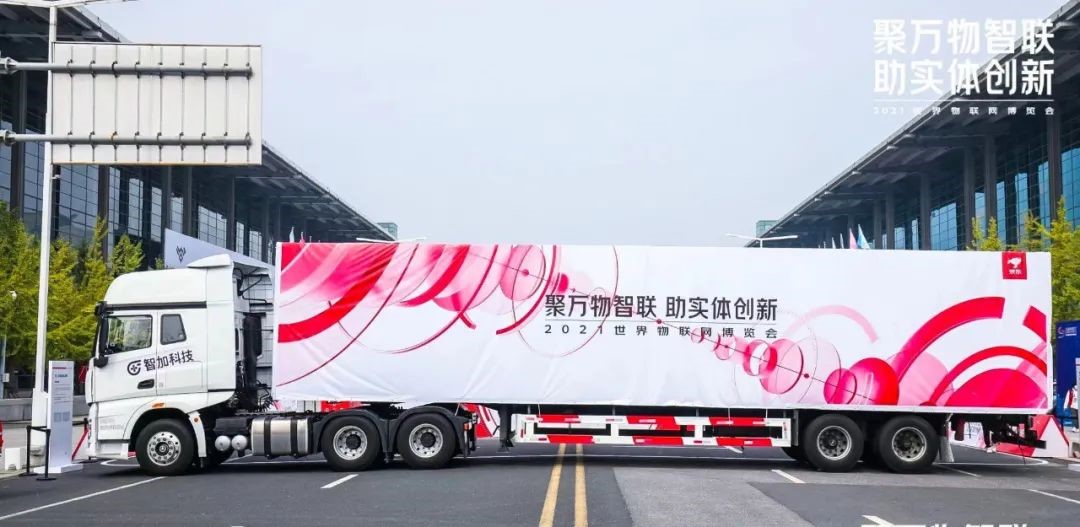
Photo credit: Plus.ai
According to JD.com, its L4 autonomous truck collaborated with FAW Jiefang has started open road tests.
On July 14th, 2021, JD.com was granted an autonomous commercial vehicle test license from Guangzhou authorities.
Light Vans
Light vans are, in fact, the most-used vehicle model by JD Logistics. To be specific, the vans are used in the last step before terminal delivery, transporting cargo from warehouse to delivery terminals.
In order to realize automation in this area, JD.com has partnered with SAIC MAXUS and Dongfeng Motor and developed two driverless light vans. Notably, the co-developed autonomous SAIC MAXUS EV80 van is not only self-driving but also electric.
Last-mile Delivery
The company's terminal delivery vehicles feature L4 autonomous driving functions, with numerous capabilities, including environment perception, high-precision positioning, intelligent connection, high-precision map, HMI, planning and control, action predicting, and a simulation platform.
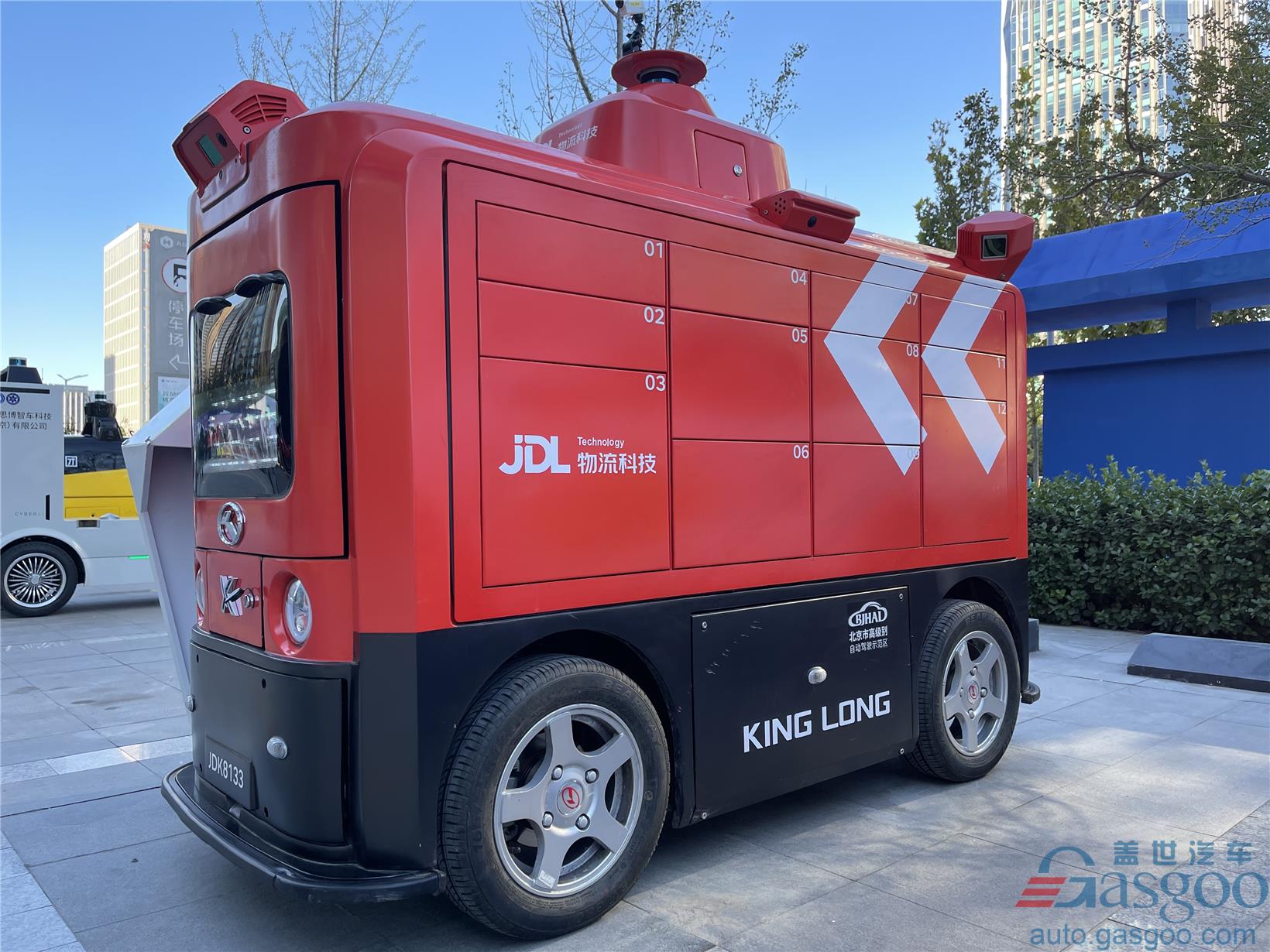
The vehicle is equipped with one 16-beam LiDAR, four hardware synchronized 360° cameras, two HD traffic light cameras, and four hybrid-state LiDARs, providing all-around sensing without blind spots.
Moreover, the cloud simulation platform has helped the autonomous driving team greatly. With only one-day data collectecd by a delivery man, the team can get testing results of a one-year period through simulation, accelerating the iteration speed. The company managed to finish a year's work in a day, substantially accelerating its product iteration speed.
As of now, JD.com's terminal delivery vehicles have been deployed in twenty cities, thirteen university campuses, with a fleet of over 100 vehicles. The company has set a target of operating a terminal delivery vehicle fleet with 1,000 vehicles.
With autonomous driving supporting the company throughout its logistic and delivery chain, JD.com will be able to slash its long-term costs and enhance its operating speed through the completion of its grand automation scheme.
Notably, manpower will not be obsolete yet, as JD.com found that human touch and service are still irreplaceable when it comes to door-to-door delivery.






